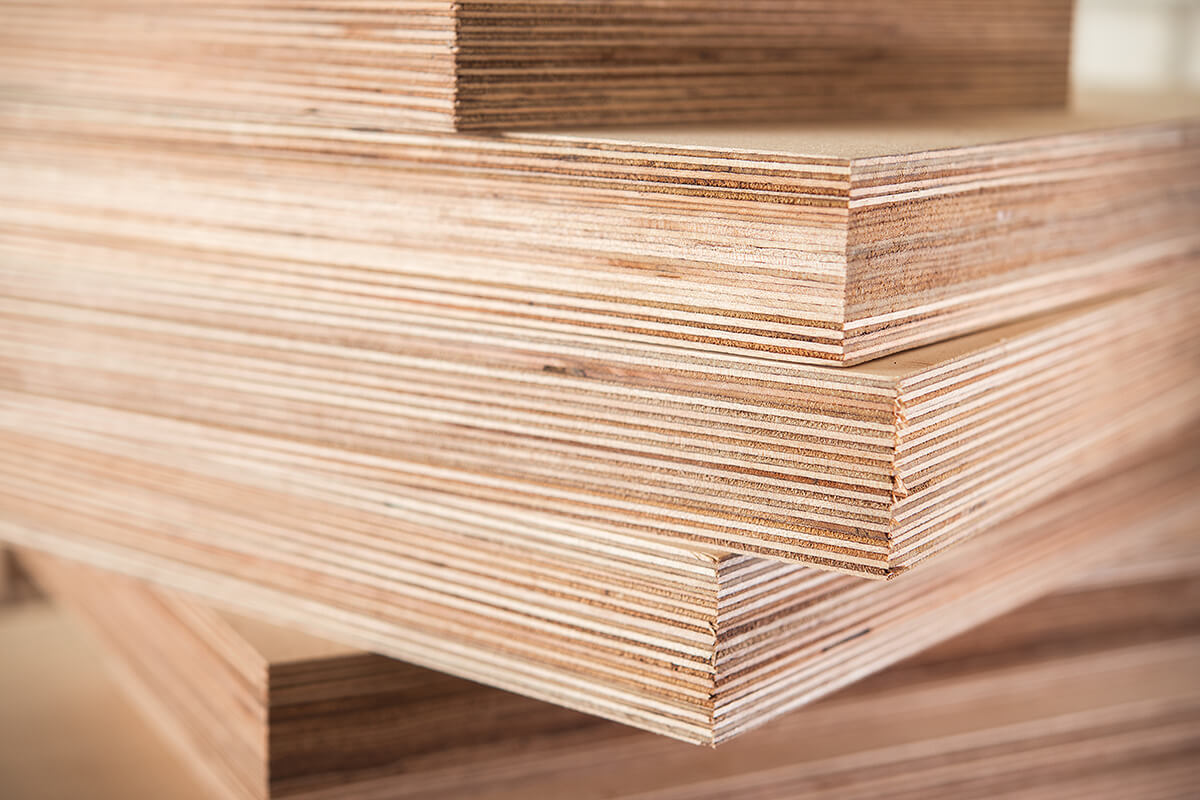Plywood - CNC Milling Guide

Introduction
Plywood is a composite wood product made from thin layers or veneers of wood which are glued together with adjacent layers having their wood grain rotated up to 90 degrees to one another. This cross-graining gives plywood its strength and dimensional stability.
Plywood is commonly used in construction, furniture, cabinets, and various other applications due to its strength, versatility, and cost-effectiveness.
Milling Plywood on Evo
Plywood is a very common milled material and is easily milled on EVO. Depending on the wood type and tool used, EVO can achieve pretty good efficiency with the right parameters and setup.
Check the material tips to get all the good hints to have the best finish possible and you should obtain perfectly fine plywood cuts !
But remember: always start with safe parameters and increase them progressively to find the sweet spot for your own setup.
Parameters used in the video :
- Machine : Mekanika EVO S / High-Z / Router AMB 1050W
- End mill : Ø 6mm / 2 Flutes Carbide / Upcut spiral
- Feed rate : 2 500 mm/min
- Spindle speed : 17 000 rpm
- Depth of cut : 3 mm
Milling Plywood on Pro or Fab CNC
Plywood is a perfect material for PRO & FAB machines, you can exploit the full potential of the machine on them, reaching feed rates of around 5000 mm/min in optimal conditions and with the right tool.
Check the material tips to get all the good hints to have the best finish possible and you should obtain perfectly fine plywood cuts!
But remember: always start with safe parameters and increase them progressively to find the sweet spot for your own setup.
Parameters used in the video :
- Machine : Mekanika PRO S / Standard-Z / Spindle VFD 2200W
- End mill : Ø 6mm / 1 Flute Carbide / Compression bit
- Feed rate : 3 500 mm/min
- Spindle speed : 19 000 rpm
- Depth of cut : 6 mm
Tips & Tricks
- There are many different types of wood used for plywood panels, and they have different properties that requires different milling parameters (for example, birch plywood is a lot more dense than meranti, and therefore requires more precautions during milling). So adapt your parameters to the plywood used.
- You can go up to 3 flutes end mill, as chip evacuation isn't the main issue with plywood (as long as the spiral angle is high enough to evacuate them).
- One of the main issue with plywood it the tear out on the top layer : to avoid it, do a first pass with a downcut bit, or even better use a compression bit for the job (it will give a nice finish on both faces as long as the depth of cut reaches the downcut part of the bit).
- Use ramps or helix instead of plunge to increase your tool's lifetime.
- Real chips should be produced (not dust) and their warmth and thickness are good indicators of the setup's quality : thin chips or dust means the tool is rubbing and not cutting enough material at each rotation (those chips will likely be very warm when evacuated), increase the chip load progressively until they have a nice chip shape and do not feel too hot to the touch.
- If the surface finish is not good, it can be related to various things:
- check that your stock is fixed strong enough and not vibrating
- check your tool's edges to see if it is damaged
- use the shortest tool possible for the job to avoid tool deflection
- Test different feeds/speeds (most likely : reduce feed rate or increase spindle speed, within the machine's capabilities and while maintaining an acceptable chip load).
Feed & Speed Calculator
You can find here a link to a feed and speed calculator for the most classic materials, and safe values adapted to each of our machines.
MEKANIKA CNC FEED & SPEED CALCULATOR
IMPORTANT NOTE: this is made to help you find parameters for your milling, but you should always think by yourself and enter cutting parameters that are matching your own setup.
Calculating the theorical values in this table is easy, but many parameters in your setup may make them unfit for your case. Always start with low engagement and speed, and test deeper/quicker parameters progressively.
About Mekanika
Mekanika is a Belgian company based in Brussels whose ambition is to make local production more accessible thanks to a 100% open-source approach.
We design and produce high quality machines for CNC milling and screen printing, which have been recognized for their reliability and ease of use. Our tools are delivered as kits and fully documented, allowing to easily adapt them to specific needs.
Visit our shop to find out more, or check out our online resources and tutorials to continue learning.